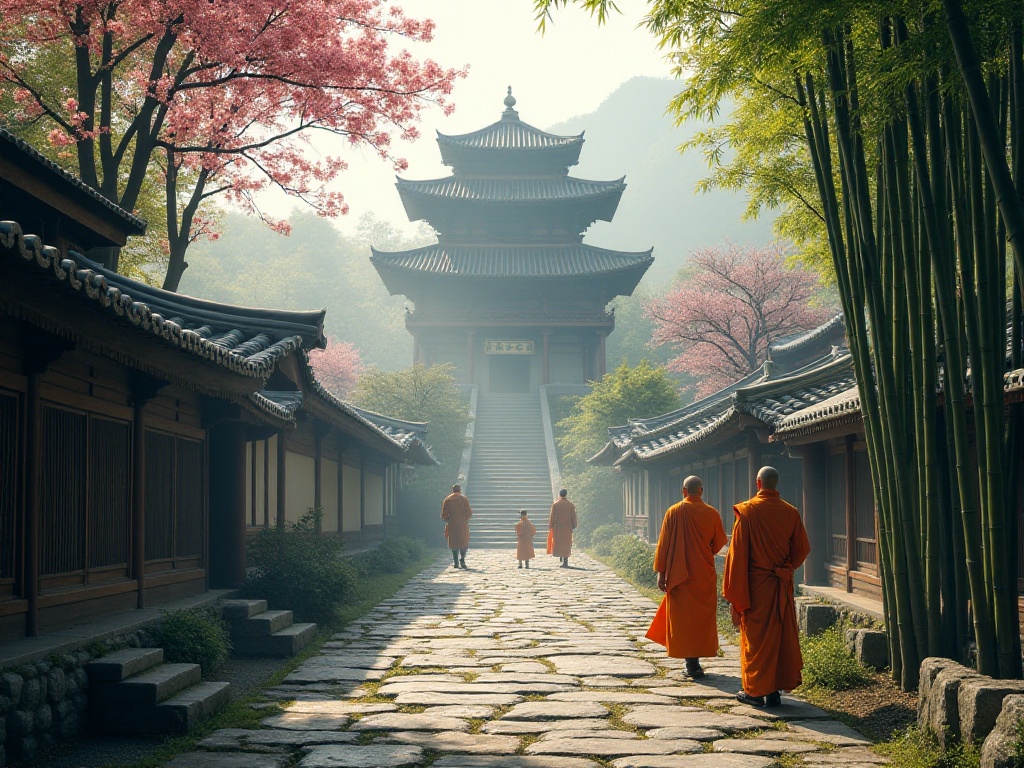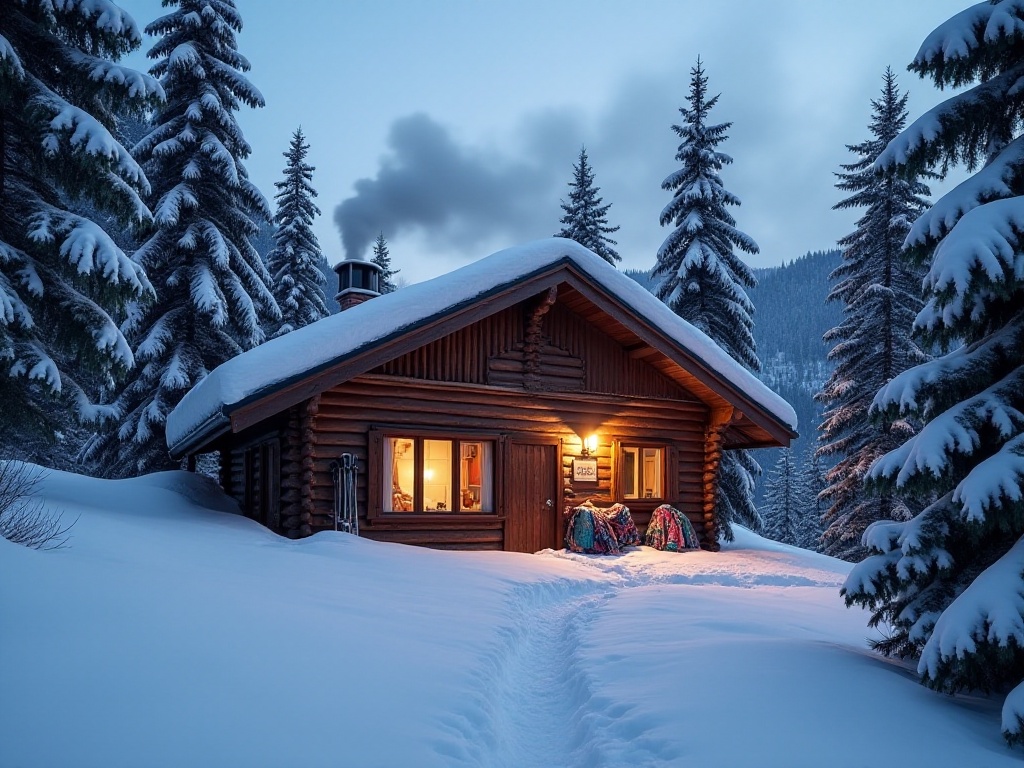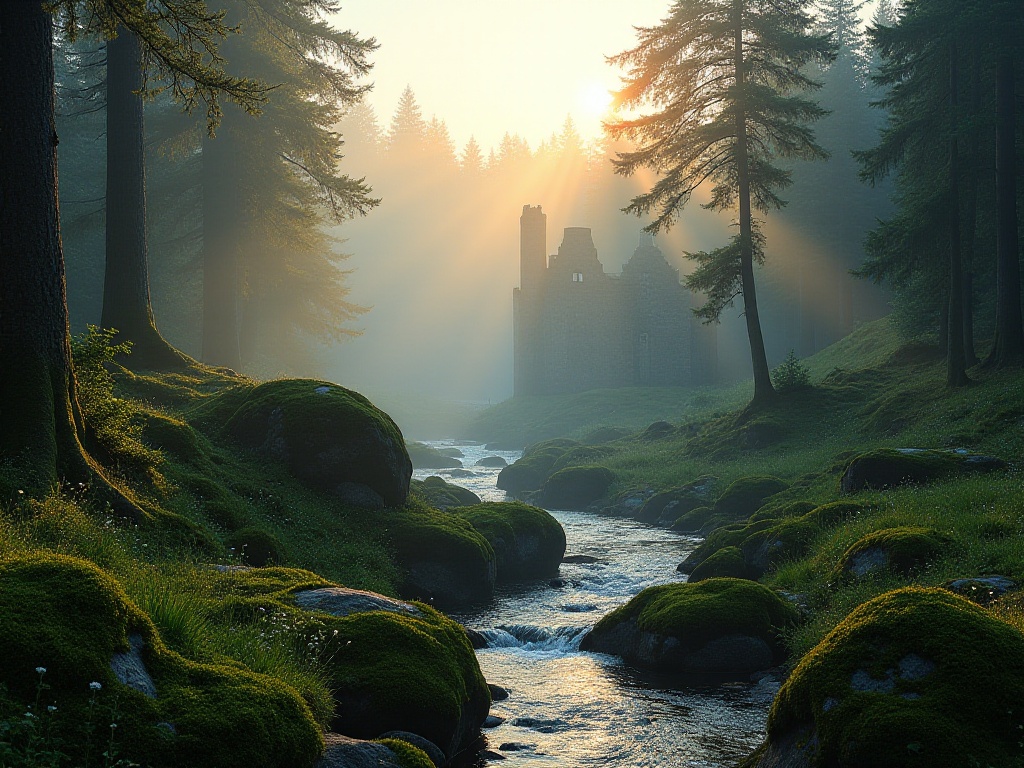
Winter Fairy Tale
Have you ever dreamed of walking through falling snow, experiencing the purity and tranquility of a winter wonderland? Hokkaido's winter is exactly such a magical world. As Japan's least densely populated region, it preserves the most pristine and pure natural scenery.
I remember my first visit to Sapporo in January, when the entire city was covered in white snow. From New Chitose Airport, you could see snow-capped mountains stretching along the way. At Niseko ski resort, the powder snow was incredibly fine. Locals told me that the snow quality here is known as "powder snow from the gods," attracting ski enthusiasts from around the world each year.
Speaking of winter, how can we not mention Hokkaido's famous hot springs? Hell Valley in Noboribetsu Hot Springs left a deep impression on me. Boiling hot spring water gushes from underground, with white steam rising in the cold air like a fairyland. Soaking in an outdoor hot spring, watching the falling snow, and enjoying a local Sapporo beer - this kind of experience is impossible to find in the city.
Spring Cherry Blossoms
As winter snow melts, Hokkaido's spring arrives late. Compared to Honshu, the cherry blossoms here bloom nearly a month later, usually starting in early May. During this season, I highly recommend visiting Goryokaku Park in Hakodate. This star-shaped castle is surrounded by about 1,600 cherry trees. When the blossoms are in full bloom, viewing from the castle tower reveals a stunning panorama where pink flowers complement the unique castle architecture.
Biei in spring is also not to be missed. The rolling hills here seem as if painted by God's palette. As crops grow, the land displays layers of green, dotted with pink cherry blossoms, while the snow-capped Daisetsuzan Mountains remain in the distance - this contrast makes one marvel at nature's wonders.
Did you know? Hokkaido has a unique natural phenomenon in spring - drift ice. At the Okhotsk Ryuhyo Museum in Abashiri, you can experience -20°C polar conditions year-round and learn about drift ice formation. From February to March, the drift ice scenery on the Sea of Okhotsk attracts many visitors. Last year, I experienced an icebreaker cruise, standing on deck watching huge ice blocks float on the sea - an unforgettable sight.
Summer Story
Hokkaido's summer is perfect for rural travel. Compared to other parts of Japan where temperatures often exceed 35°C, summers here are pleasantly cool, averaging 20-25°C. Furano's lavender fields are one of summer's most popular attractions. Last July, I spent an entire day at Farm Tomita, surrounded by endless purple fields, with fragrant breezes carrying the scent of lavender.
Have you heard of Hokkaido's "farm experience"? The Tokachi Plain has over 400 dairy farms, producing more than half of Japan's dairy products. I visited Ryugetsu Farm in Otofuke, where you can milk cows by hand and taste the freshest ice cream and cheese. Speaking of this, Hokkaido's unique dairy culture is worth mentioning. Local milk production accounts for over 50% of Japan's total, exceeding 3.8 million tons annually. The dairy products here are not only abundant but also excellent in quality.
Hokkaido's national parks are also worth visiting in summer. The Shiretoko Peninsula is one of Japan's few natural World Heritage sites, home to about 5,000 brown bears, making it an excellent spot for wildlife observation. Statistics show that over 1 million tourists visit Shiretoko annually, with international visitors making up about 30%. Hiking enthusiasts shouldn't miss Daisetsuzan National Park, which features Japan's largest alpine garden. In midsummer, various wildflowers bloom, creating a vibrant natural tapestry.
Autumn Colors
Speaking of the most beautiful season, I personally prefer Hokkaido's autumn. From late September, leaves in the Daisetsuzan mountain range begin changing color, and this colorful feast soon spreads across the island. The autumn foliage season in Daisetsuzan typically lasts until mid-October, while in southern Hokkaido it continues until early November.
Sounkyo is an excellent spot for viewing autumn leaves. The Momiji Valley trail is about 1 kilometer long, offering perfect combinations of red leaves and waterfalls. Statistics show that during autumn foliage season, the Sounkyo area receives over 500,000 visitors. To avoid peak crowds, I suggest visiting on weekday mornings to enjoy the leaves shrouded in morning mist while avoiding the crowds.
Autumn in Hokkaido offers not just beautiful foliage but also rich cuisine. This season is prime time for seafood, especially king crab and pacific saury. According to the Fisheries Agency, Hokkaido's fishing industry accounts for 26% of Japan's total value, with annual production exceeding 1.2 million tons. At Hakodate's Morning Market, you can see an array of seafood, from fresh salmon to giant king crabs.
Did you know? Hokkaido is Japan's largest agricultural region, accounting for 24% of the nation's farmland. Autumn is harvest season, with festivals held throughout the region. I especially recommend visiting the Potato Festival in Kutchan, where the locally grown Irish Cobbler potatoes are famous throughout Japan. During the harvest festival, local farmers showcase various potato dishes, from simple baked potatoes to elaborate desserts.
Travel Recommendations
If you're planning a rural trip to Hokkaido, I recommend allocating 7-10 days. You can start from Sapporo, a modern city that has preserved many historical buildings like the famous Clock Tower and Former Government Building. From Sapporo, you can explore following this route:
First stop could be Otaru, a port city that preserved many Meiji-era buildings, with warehouses along the canal converted into specialty shops, perfect for walking tours. About 2 hours east brings you to the Furano and Biei area. This is typical Hokkaido agricultural country, beautiful in all seasons: rape blossoms in spring, lavender in summer, and colorful hills in autumn.
Then you can visit Akan Mashu National Park, home to Lake Akan, the best spot to see marimo (a special spherical algae). Statistics show over 1.5 million tourists visit this national park annually. If time permits, continue east to the Shiretoko Peninsula, where pristine forests and abundant wildlife are breathtaking.
Finally, end at Hakodate. The city's night view is rated among the world's top three, attracting over 5 million visitors annually. Looking down from Mount Hakodate, the harbor lights sparkle like scattered diamonds - the perfect way to end your Hokkaido journey.
How does this itinerary sound? A rural journey through Hokkaido not only showcases pure natural scenery but also experiences Japan's most authentic farming culture and lifestyle. Each season has its unique charm, and the people here maintain a deep respect for nature. Perhaps this is why Hokkaido maintains its simple, genuine character?
Next
Hidden Gems in Rural Vietnam: Rediscovering Serenity Post-Pandemic
As the world emerges from the cocoon of lockdowns, Vietnam's countryside unfurls its wings, revealing a kaleidoscope of hidden treasures. The pandemic's pause has birthed a new era of travel, one that whispers of untrodden paths and authentic encounters. Rural Vietnam, once the backdrop to frenetic city escapes, now takes center stage in a renaissance of rustic allure.
Complete Guide to Rural Tourism in Hokkaido: A Paradise for All Seasons
Discover selected rural tourism destinations worldwide, featuring Colorado hot springs, European castle ruins, and Asia-Pacific natural landscapes, showcasing unique scenery and cultural heritage
Exploring Hokkaido: A Rural Journey Through Four Seasons
Explore distinctive rural tourism destinations worldwide, from the natural landscapes of Colorado and Alaska to the cultural heritage sites in Romania and Portugal, and the scenic beauty of Hokkaido, Japan. Discover unique rural experiences combining nature, culture, and local traditions
Next
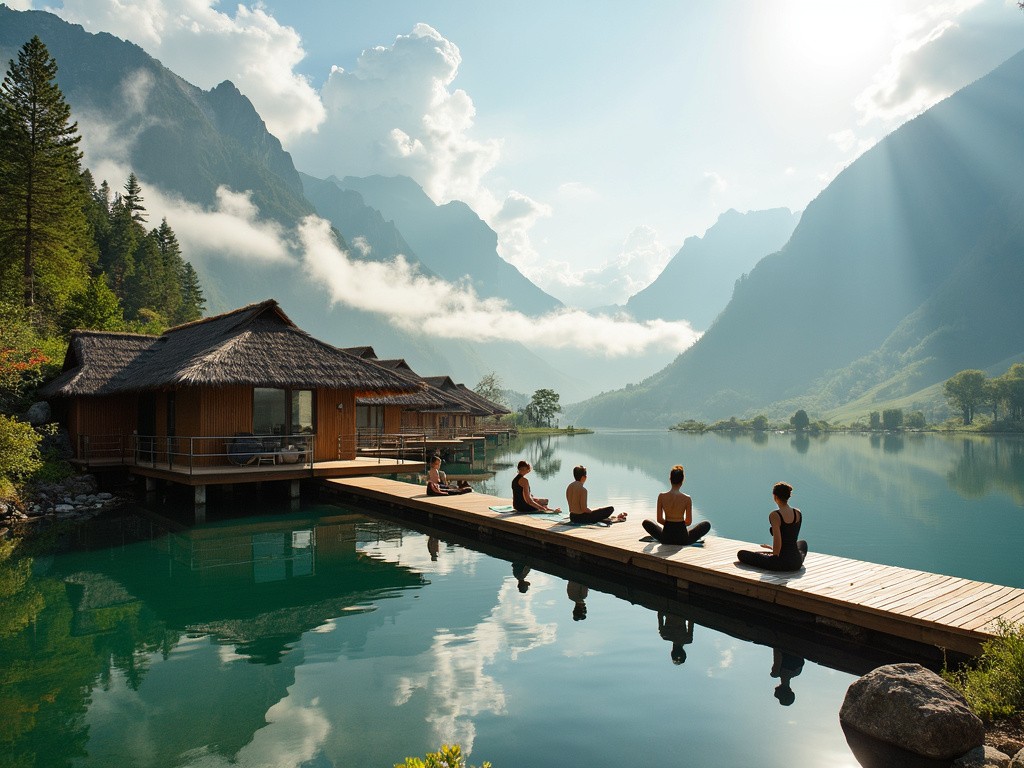
Hidden Gems in Rural Vietnam: Rediscovering Serenity Post-Pandemic
As the world emerges from the cocoon of lockdowns, Vietnam's countryside unfurls its wings, revealing a kaleidoscope of hidden treasures. The pandemic's pause has birthed a new era of travel, one that whispers of untrodden paths and authentic encounters. Rural Vietnam, once the backdrop to frenetic city escapes, now takes center stage in a renaissance of rustic allure.
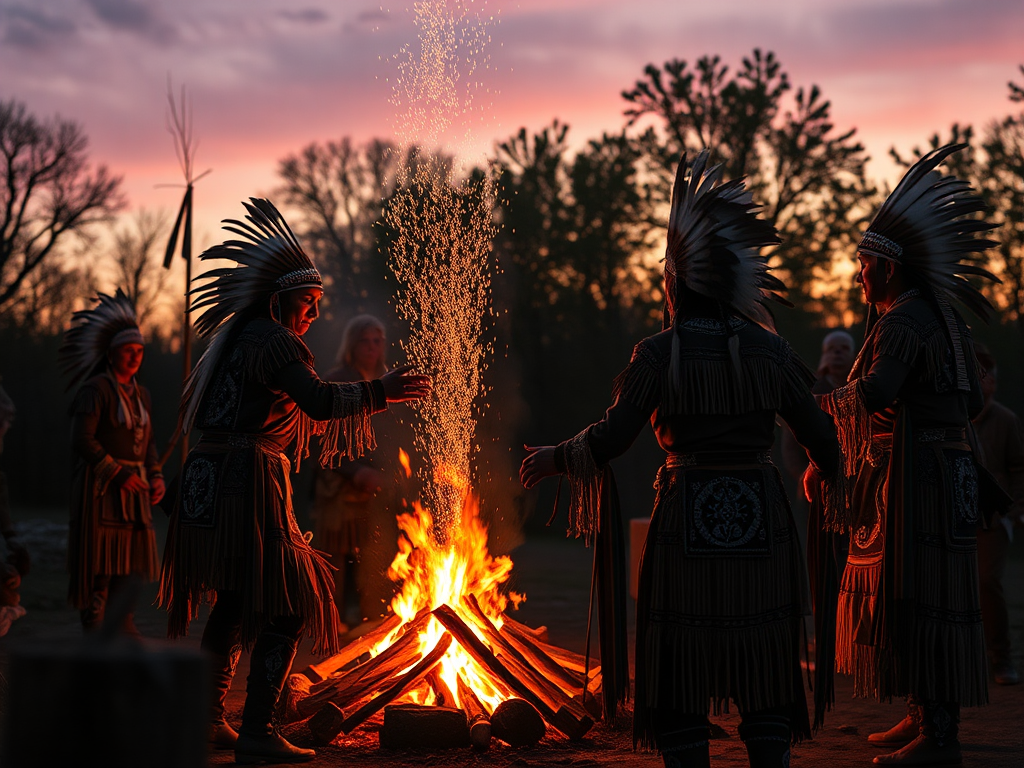
Complete Guide to Rural Tourism in Hokkaido: A Paradise for All Seasons
Discover selected rural tourism destinations worldwide, featuring Colorado hot springs, European castle ruins, and Asia-Pacific natural landscapes, showcasing unique scenery and cultural heritage
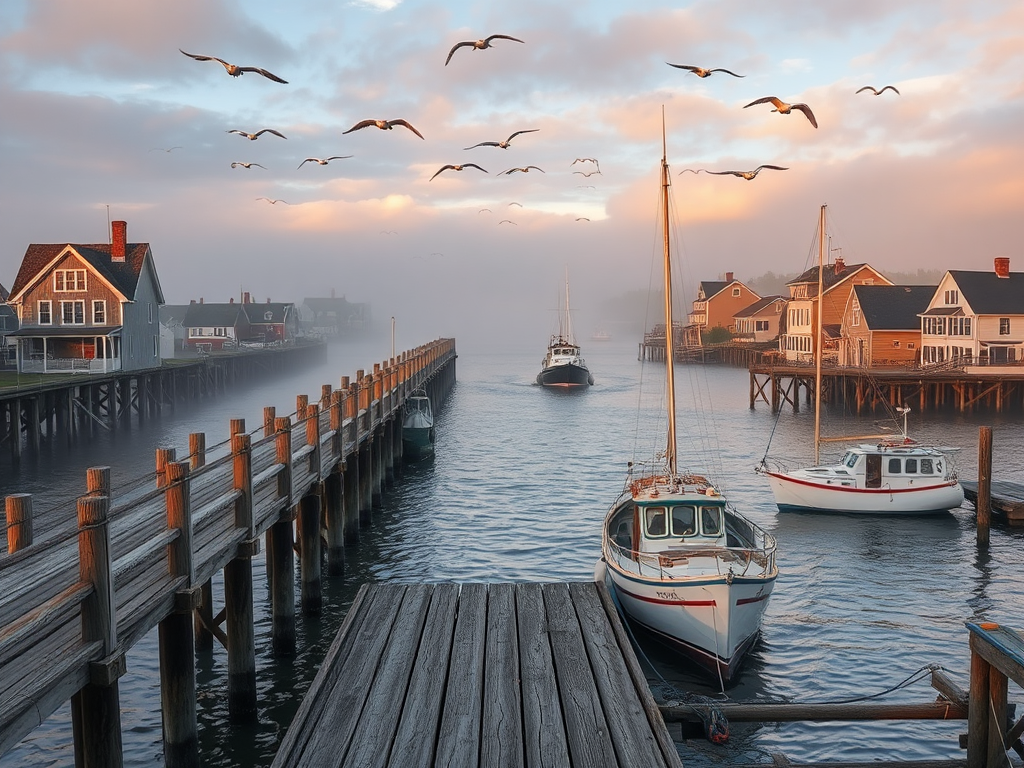
Exploring Hokkaido: A Rural Journey Through Four Seasons
Explore distinctive rural tourism destinations worldwide, from the natural landscapes of Colorado and Alaska to the cultural heritage sites in Romania and Portugal, and the scenic beauty of Hokkaido, Japan. Discover unique rural experiences combining nature, culture, and local traditions

